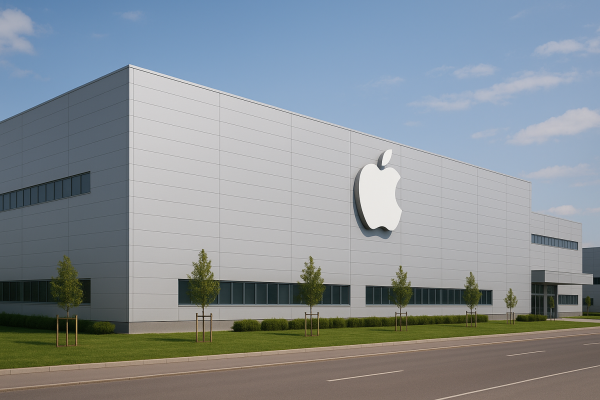One industry alone is responsible for around eight percent of global carbon emissions: cement production. That’s more than the entire aviation sector emits worldwide. As the world increasingly relies on concrete for housing, infrastructure, and industrial facilities, cement manufacturing remains highly energy-intensive and a major source of pollution. A research team at the Paul Scherrer Institute (PSI) in Switzerland is aiming to change this—by using artificial intelligence to develop new, more environmentally friendly cement formulas.
Conventional cement production relies on a key ingredient called clinker, which is made by heating limestone to over 1,400 degrees Celsius. This process consumes vast amounts of energy and releases significant quantities of carbon dioxide—not only from the combustion of fuel but, even more critically, from the chemical breakdown of limestone under intense heat. Traditional methods, such as using alternative fuels, can only go so far in cutting these emissions.
The PSI team has taken a different route. Instead of focusing solely on how cement is produced, they are rethinking what it is made of. By adjusting the composition of cement to use less clinker, they aim to reduce its carbon footprint—while preserving its essential structural and mechanical properties. But identifying viable new formulations through traditional experimentation and physical modeling would be extremely time-consuming. To accelerate the process, the researchers turned to machine learning.
They trained artificial neural networks capable of predicting the properties of millions of possible cement recipes. To build the dataset for training, they used PSI’s open-source GEMS software to simulate how different mixtures harden and form minerals. They combined these simulations with laboratory data and mechanical modeling, and calculated the CO₂ emission factor for each ingredient. Once trained, the AI could estimate both the material performance and carbon footprint of any given recipe within milliseconds.
But the researchers didn’t stop at prediction—they used AI to help find optimal recipes. Using a method known as a genetic algorithm, they flipped the usual approach: rather than testing recipes to see which ones work, they asked which combinations would simultaneously meet two goals—high mechanical strength and low CO₂ emissions. This "reverse search" approach allows them to efficiently identify formulas that satisfy both environmental and engineering criteria.
The early results are promising. Several new cement compositions have already been identified that are not only more sustainable but also feasible for industrial production. While these still need to be validated in laboratory settings before any real-world deployment, the research clearly demonstrates the potential of this AI-driven approach.
The cement project reflects a broader trend: artificial intelligence is playing an increasingly important role in climate mitigation. From detecting methane leaks and optimizing electrical grids to forecasting extreme weather events and improving renewable energy integration, AI is already helping to reshape how industries respond to climate challenges. In agriculture, urban planning, and manufacturing, AI is opening up new, more sustainable ways of working.
At the same time, it's important to maintain perspective. These technologies are not a silver bullet. In cement production, for instance, there is no quick switch to carbon neutrality. Progress will require sustained research, industrial-scale testing, and international cooperation. AI will not solve climate change on its own, but it can be a powerful enabler of more effective and scientifically grounded climate strategies.
The Paul Scherrer Institute’s project is a strong example of how interdisciplinary collaboration—between cement chemists, thermodynamics experts, and AI specialists—can drive meaningful innovation. This work could not only transform cement production but also inspire similar approaches in other material and energy sectors, paving the way toward a more climate-friendly future.





























